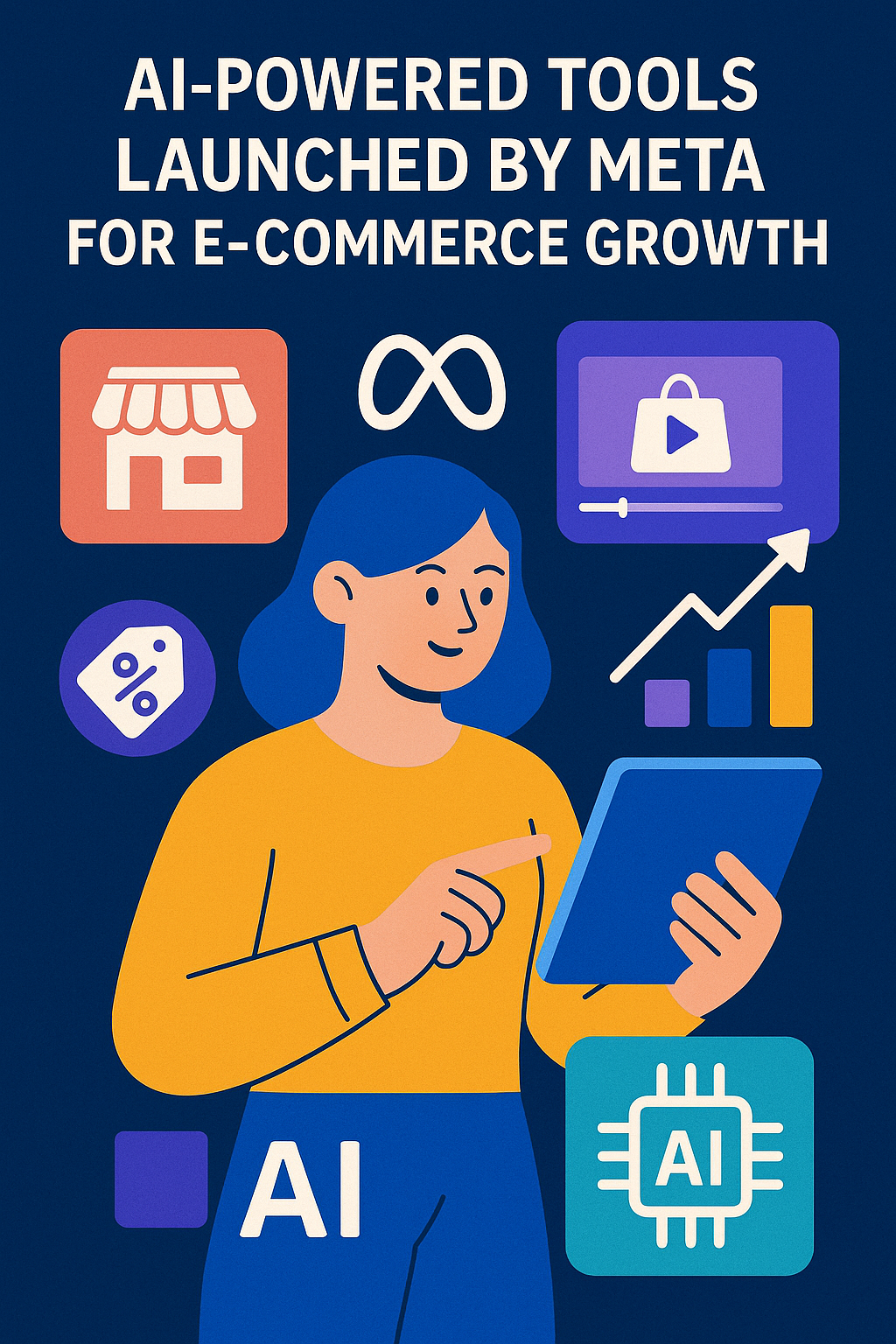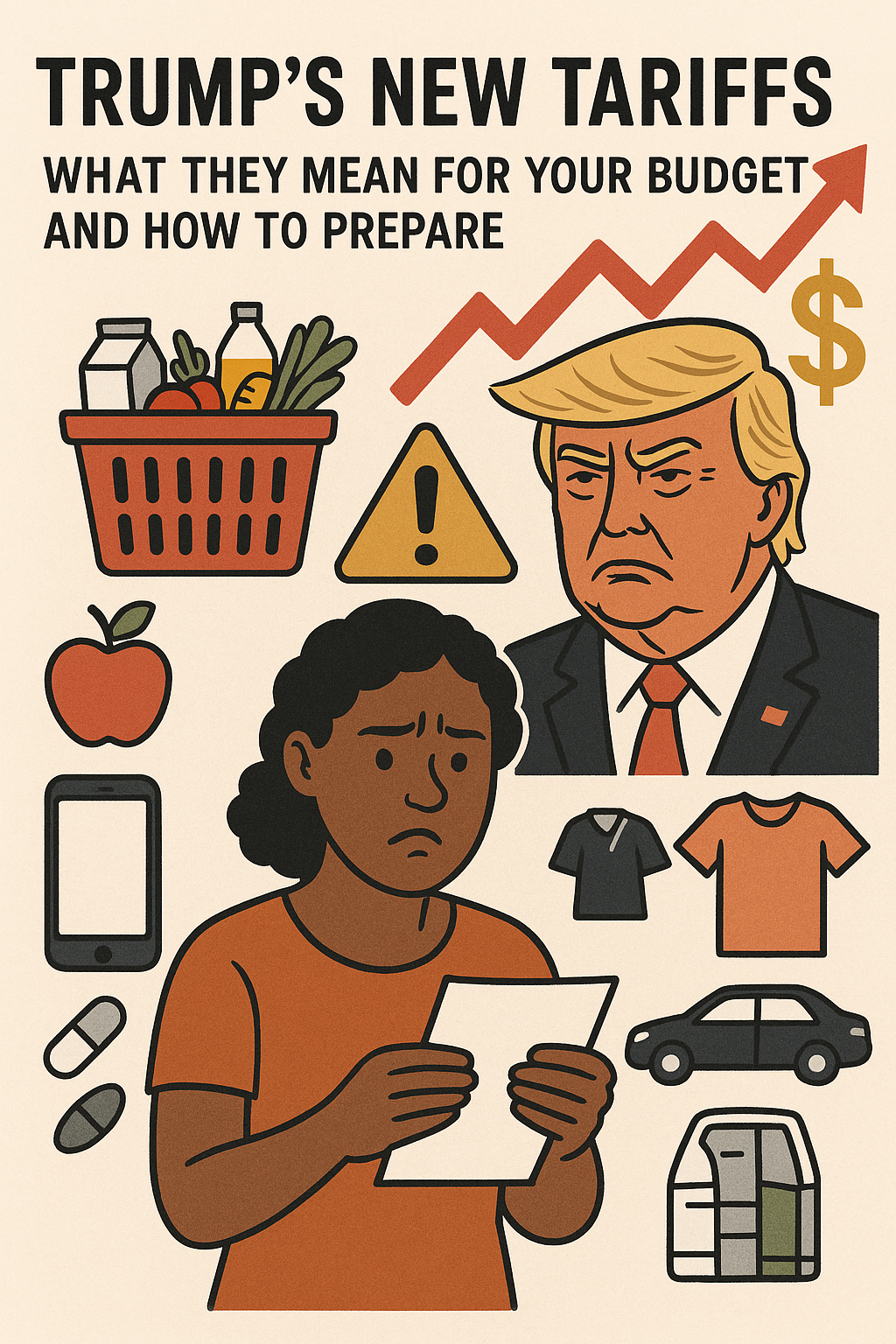The year 2025 is anticipated to take healthcare to the next level, with more exciting changes and innovative ideas on the way. Technology in healthcare is moving quickly, and we’re seeing tools and systems that are becoming more powerful, smarter, and easier to use. The healthcare technology industry is currently worth around $880 billion and is experiencing rapid growth. By 2034, it could reach over $3,300 billion, growing at a rate of about 16% per year. New technology, like AI, is already helping doctors and nurses do their jobs more effectively. It helps them understand patient details faster, offer care from a distance, and make smarter choices when treating people.
Here are the top 10 healthcare tech trends changing how we experience healthcare.
- Generative AI and Virtual Assistant
85% of healthcare providers are investing in automation tools to reduce the administrative burden, which has increased due to staff shortages in the medical field. Generative AI saves healthcare professionals time on routine tasks, allowing them to focus more on patient care. It helps organize clinical notes, summarize reports, and translate complex data into easy-to-understand language. AI can brief extensive historical cancer reports and provide immediate insights into a patient’s history to the care team. It could also speed up reporting and translate complex medical information into simple terms, helping involve patients more in their treatment.
- Simplifying Complicated Diagnostics with AI
AI is not only automating processes but is also supporting medical professionals, particularly in understaffed institutions. It makes complex diagnostics easy, allowing clinicians to deliver high-quality care confidently. AI in cardiac CT and ultrasound improves accuracy and accessibility, enhancing heart care. In cancer therapy, AI helps detect heart risks early in cancer treatments and reduce complications. AI generally enhances efficiency, accuracy, and patient outcomes in the medical field.
- Minimally Invasive Surgery
Due to advanced technology and innovative tools, surgery is becoming easier for patients. These procedures reduce pain, speed recovery, and minimize risks. However, these surgeries require up-to-the-minute information from various devices, so all systems must work together seamlessly. This new technology is also helping doctors bring life-saving stroke care to areas that don’t have easy access to hospitals.
- Unified Patient Monitoring in Critical Care
In emergency settings, time is critical. Open ecosystem monitoring solutions now allow different devices and systems to share data, giving healthcare providers a complete picture of a patient’s condition. The resulting information not only improves efficiency but also helps to predict and prevent health complications.
- Hospital-At-Home Programs
Care is moving beyond hospital walls. Remote patient monitoring supports patients at home by providing real-time health data, which helps reduce hospital readmissions and frees up hospital beds. AI will play a bigger role in predicting risks and preventing complications, especially for chronic conditions.
- Telehealth Expanding Access
Telemedicine is connecting patients with doctors, no matter where they are. It brings high-quality care to remote and underserved areas, reducing the need for in-person visits. AI-powered ultrasound tools and video consultations are already helping doctors and patients in isolated regions.
- Smart Parenting with Digital Health Tools
Parents use smart devices, such as wearables, baby monitors, and connected apps, to track their children’s health and well-being. These tools track vital signs and even help interpret an infant’s cries, giving parents peace of mind and helpful insights for care.
- Sustainable AI in Healthcare
AI is also helping the environment. It can reduce waste, save energy, and make healthcare more efficient. This allows hospitals to become more eco-friendly. But it’s also essential to ensure AI doesn’t create more pollution or electronic waste.
- Green Supply Chain
Most healthcare emissions come from the supply chain. Hospitals are now working with suppliers to reduce environmental impact by choosing eco-friendly partners and using refurbished equipment. Circular practices, such as reusing and recycling, are becoming the new norm.
- Climate-Resilient Healthcare Systems
Climate change is affecting health and hospital operations. In 2025, tech will play a significant role in helping the healthcare system prepare. From early warning systems to renewable energy and better training, the focus is on building resilient care systems that can handle future climate challenges.
Conclusion
In 2025, it’s clear that technology is changing healthcare in significant and helpful ways. From AI tools that help doctors diagnose more quickly to surgeries that are less taxing on the body, these new tech solutions are improving how we receive care. Parents have more innovative tools to care for their kids, and hospitals are also becoming more eco-friendly and ready for climate change. With these advances, healthcare is becoming simpler, more accessible, and available to a broader range of people. The future of healthcare is bright and more available for everyone.









